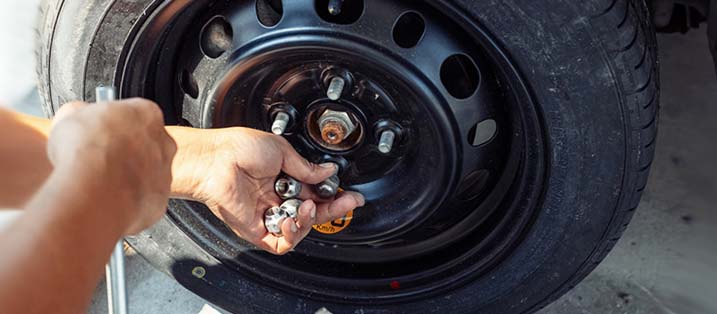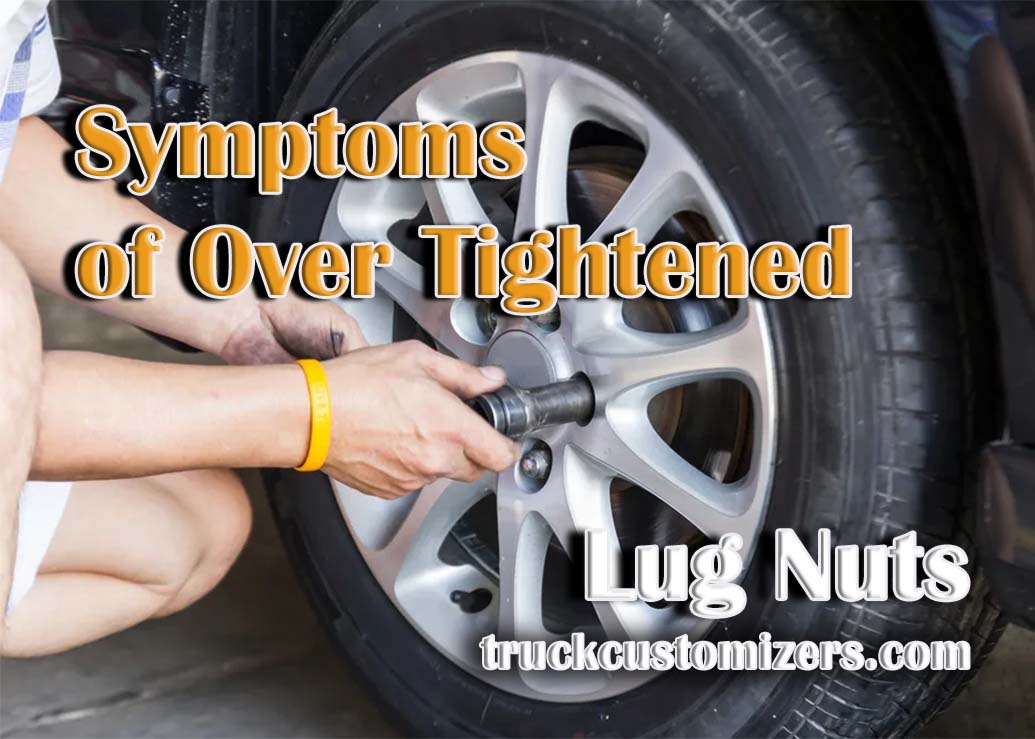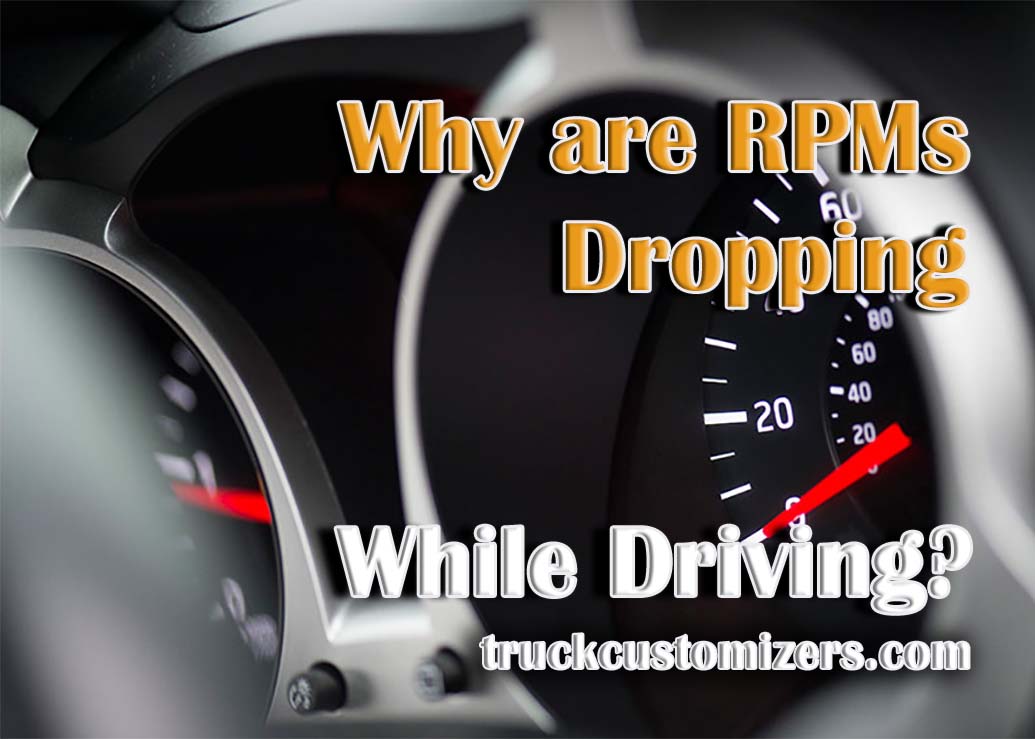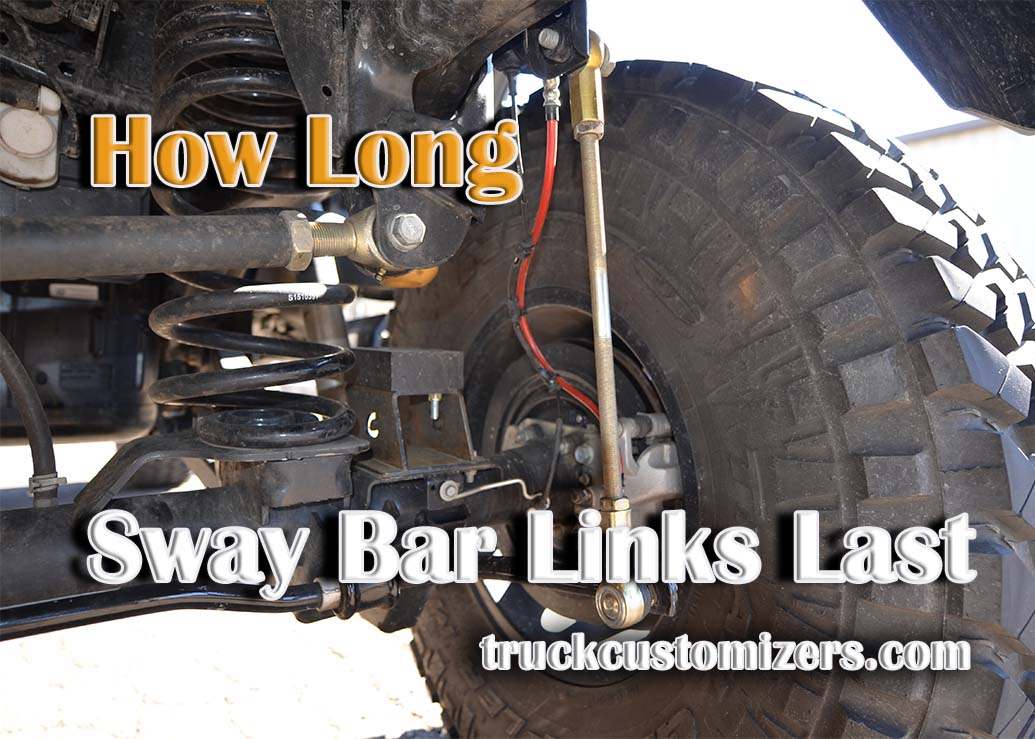When your wheels become tightened too much, it can cause damage to the wheel and hub components as well as uneven tire wear. Common symptoms of over tightened lug nuts include cracking wheel studs or hubs, unevenly worn tire treads and warped brake rotors.
Symptoms of Over Tightened Lug Nuts
Cracking Wheel Studs or Hubs
One sign that lug nuts have been overtightened is cracked wheel studs or hubs. This occurs when the lug nuts are placed over their maximum torque rating, causing them to stretch beyond their elastic limit and eventually crack the wheel studs or hubs.
Unevenly Worn Tire Treads
Another sign that over tightening has occurred is an uneven pattern in your tire tread wear. This can be caused by an improper cross pattern when tightening the lugs, which can put extra stress on certain areas of the tread that leads to premature wear and tear.
Warped Brake Rotors
Over tightening a wheel assembly can also lead to warping of the brake rotors due to excessive pressure being applied on them from the wheel lugs during installation. If left unchecked, this can cause premature failure of the brake system, leading to expensive repairs or replacements.

Tips for Avoiding Damage When Tightening Lug Nuts
There are several steps you can take to ensure that your wheels remain properly tightened and avoid any damage caused by over tightening:
Use Proper Torque Specifications
The most important thing to remember when tightening lug nuts is to make sure you adhere to the torque specifications set forth by the vehicle’s manufacturer. This will ensure that your wheels are securely fastened without being too tight, which could lead to cracking or warping of components.
Use a Cross Pattern
Another key step in avoiding damage is using a cross pattern when tightening the lug nuts. This helps evenly distribute the pressure across all lugs, ensuring they stay snug and secure without putting too much stress on any individual point of contact.
Make Sure All Lugs Are Properly Seated
Before finalizing your wheel installation make sure all lugs are properly seated in their respective studs with no signs of wobble or play when twisting them with your hand-torque wrench or air gun. If any lugs appear loose, apply additional torque in small increments until they are properly tightened.
Use Quality Locking Hardware and Thread Locker
It’s also important to use quality locking hardware, such as wheel lock nuts or studs, and thread locker when tightening lugs. This will not only help prevent loosening from road vibration or shock, it will also add an extra layer of security should you need to re-tighten your wheels in the future.
Inspect the Wheels Regularly
Finally, it’s important to inspect your wheels regularly for signs of over tightening or damage. Doing so can help you identify any potential problems early on and save you from costly repairs down the road.
Conclusion
Over tightening your lug nuts can lead to cracking wheel studs or hubs, unevenly worn tire treads and warped brake rotors. To avoid any damage it’s important to follow the torque specifications set forth by the vehicle’s manufacturer, use a cross pattern when tightening lugs, make sure all lugs are properly seated and use quality locking hardware and thread locker. Lastly, it’s important to inspect your wheels regularly for signs of over tightening or damage. By following these steps you can help ensure that your wheels remain securely fastened without experiencing any unnecessary wear and tear.



